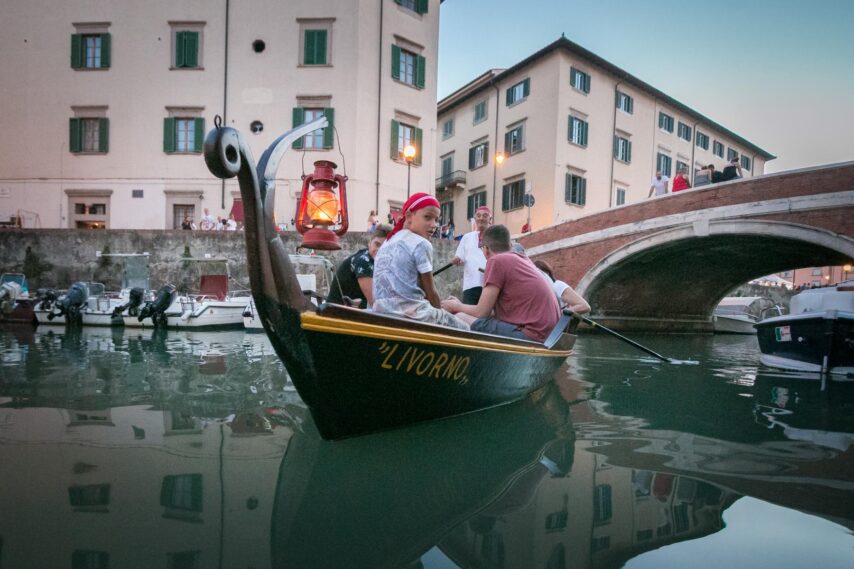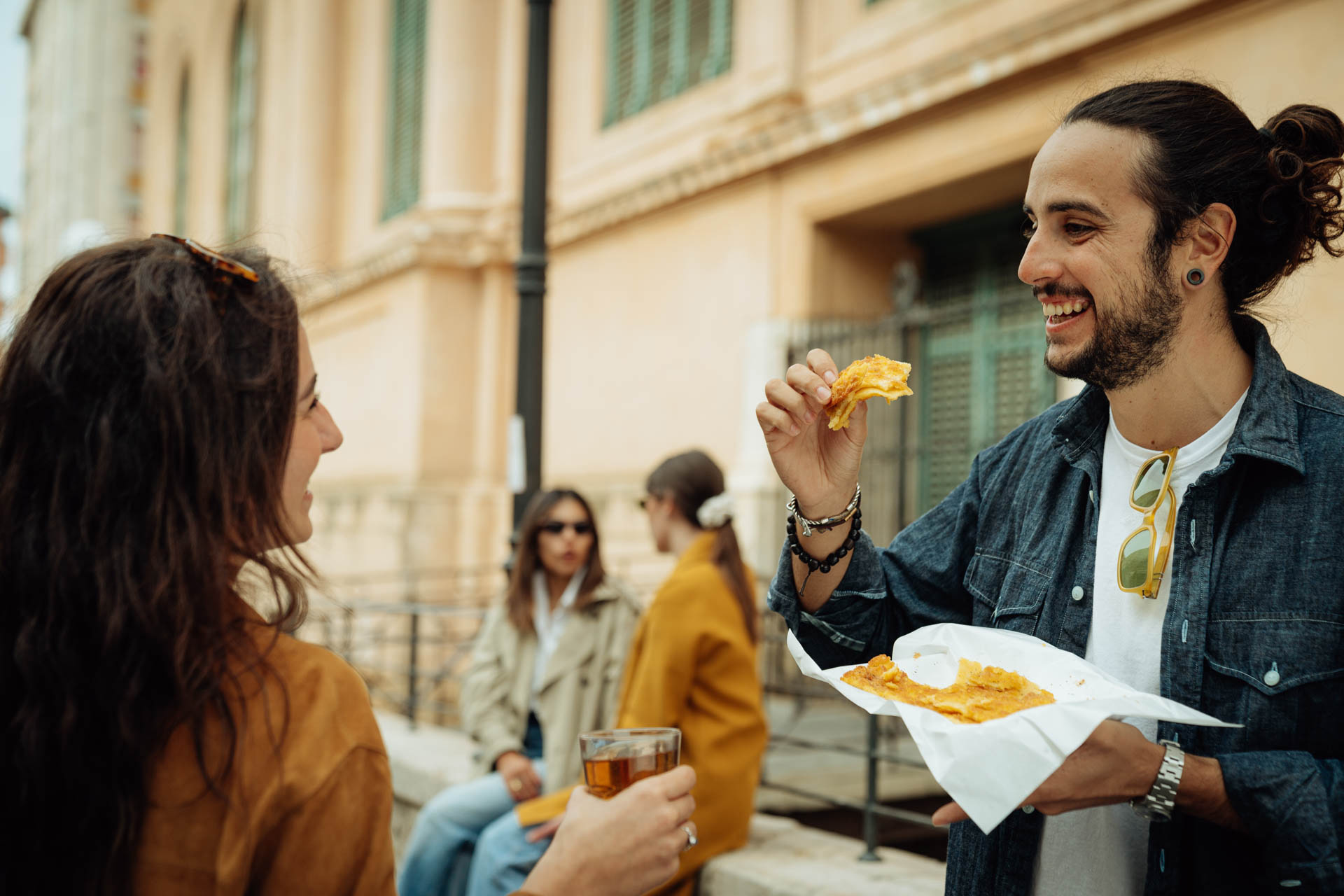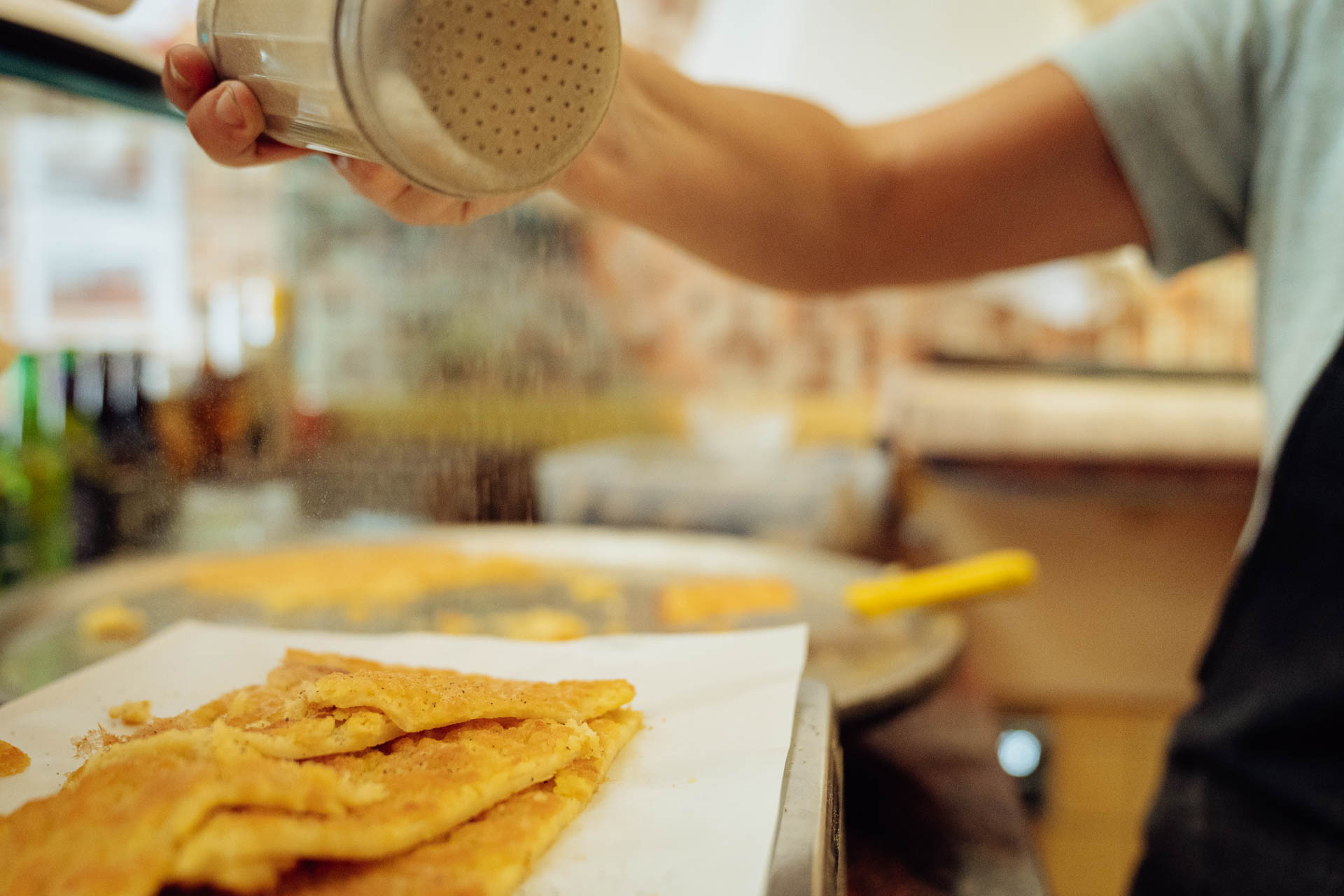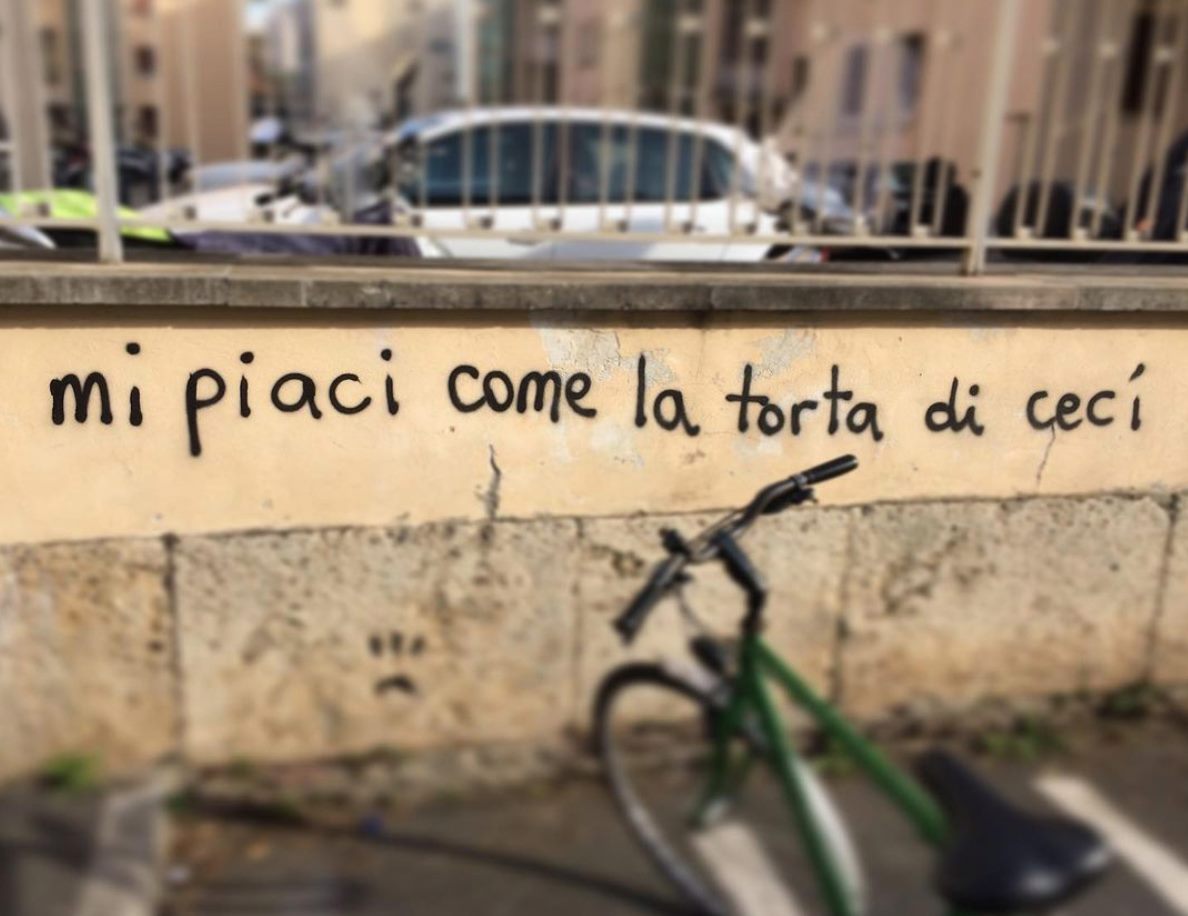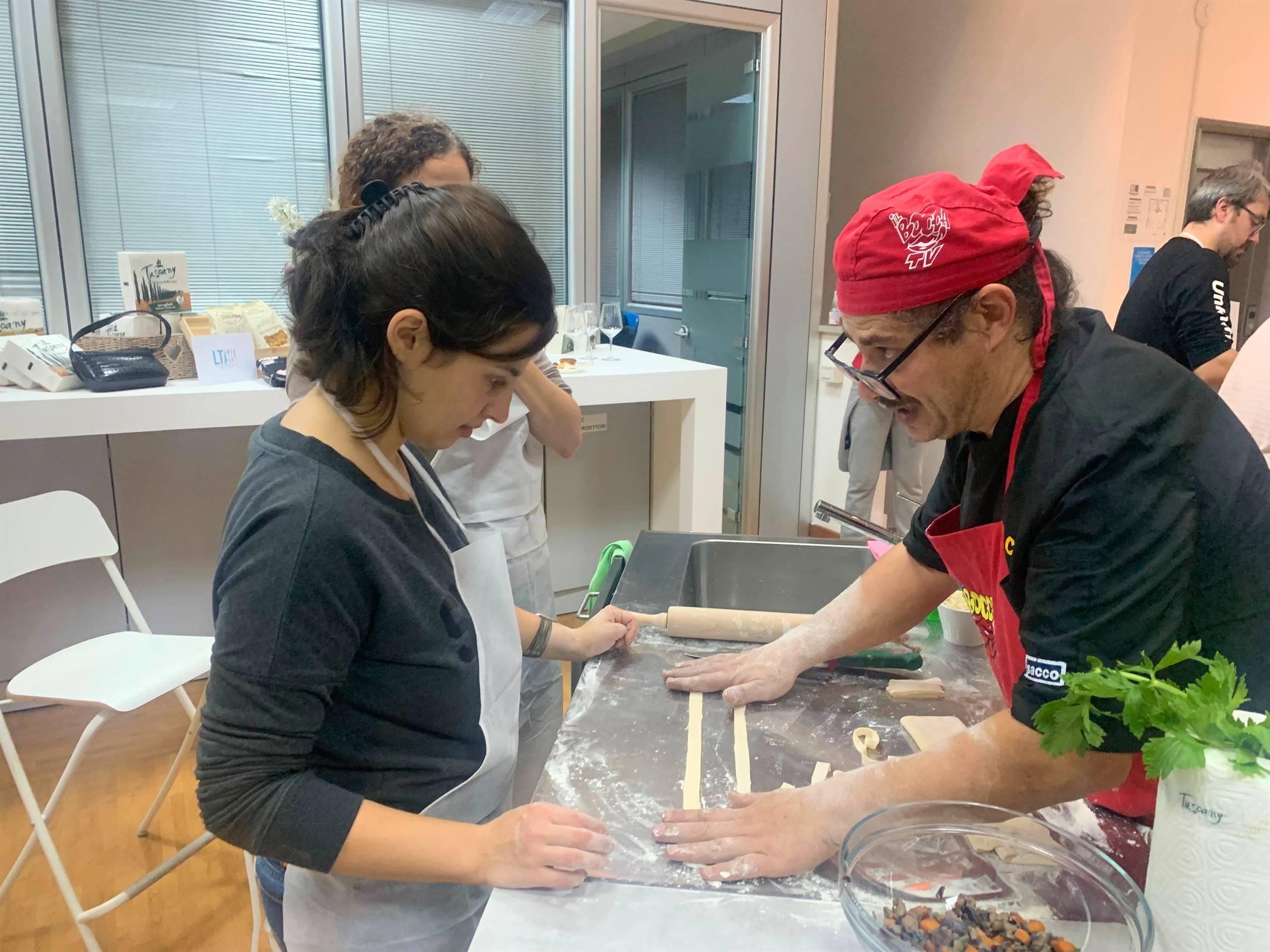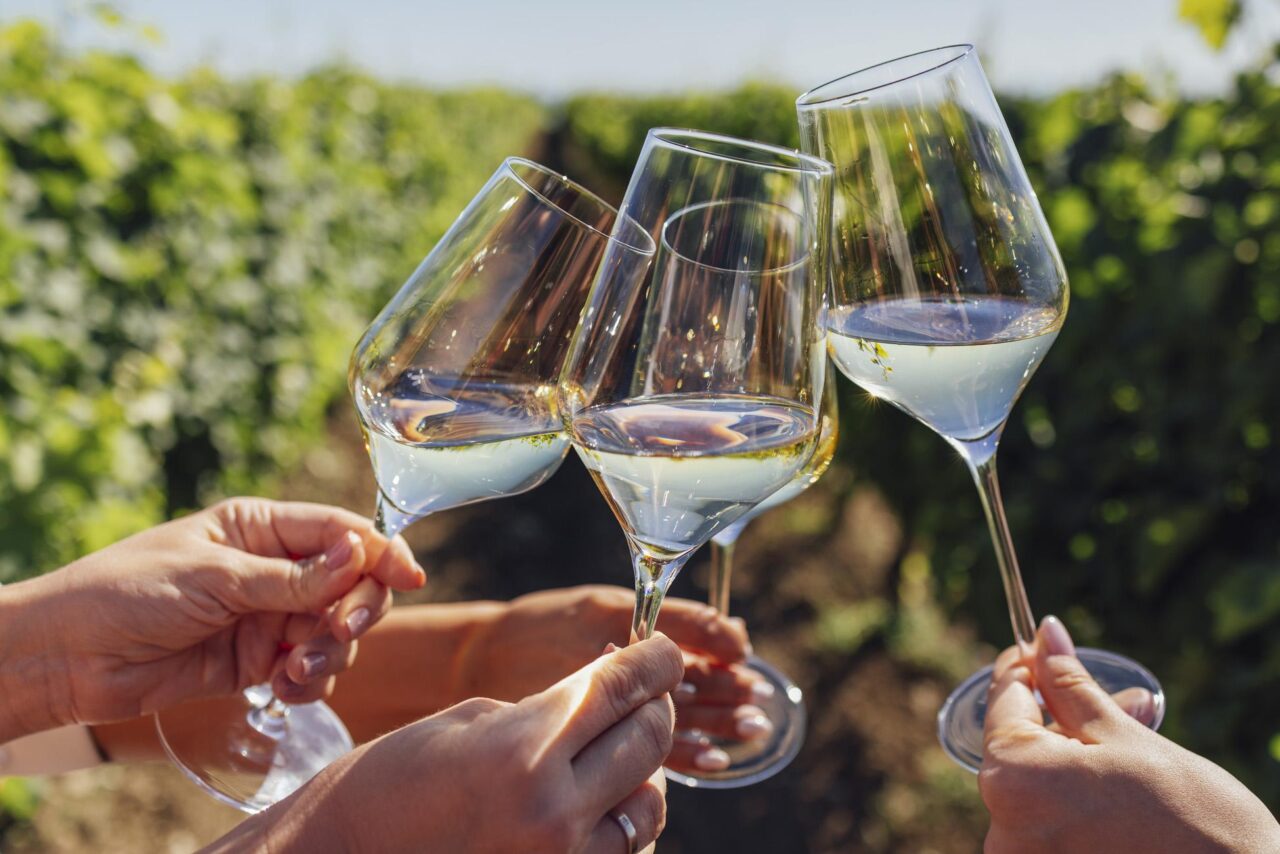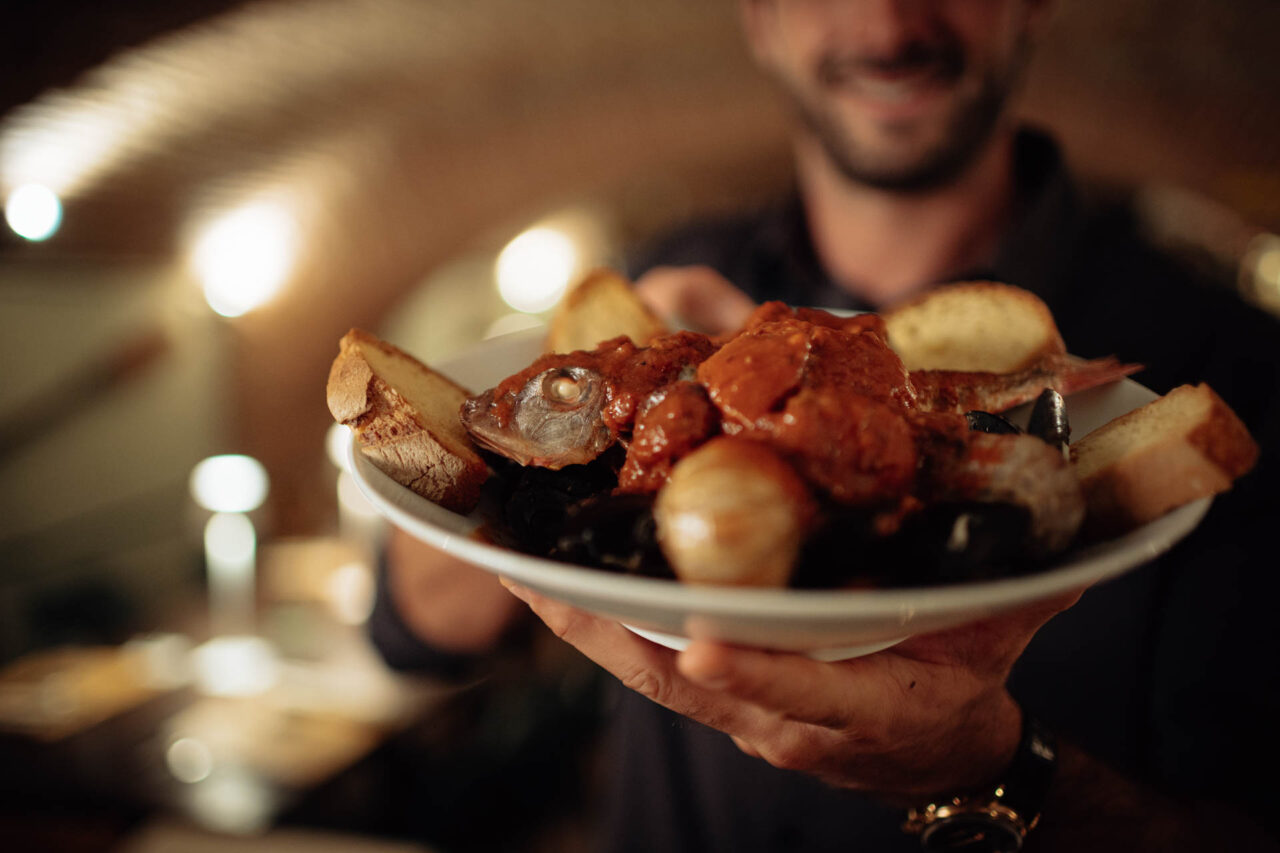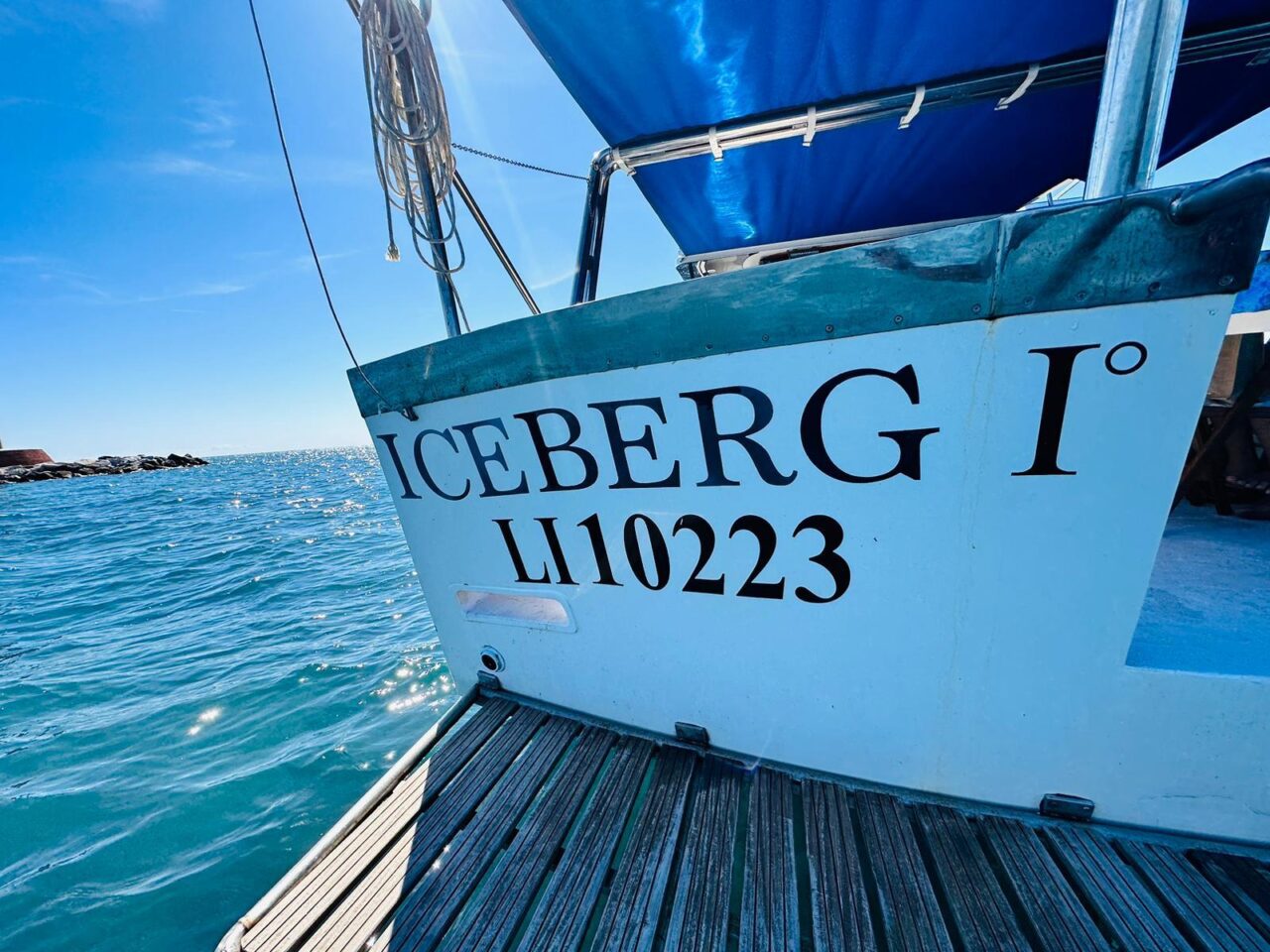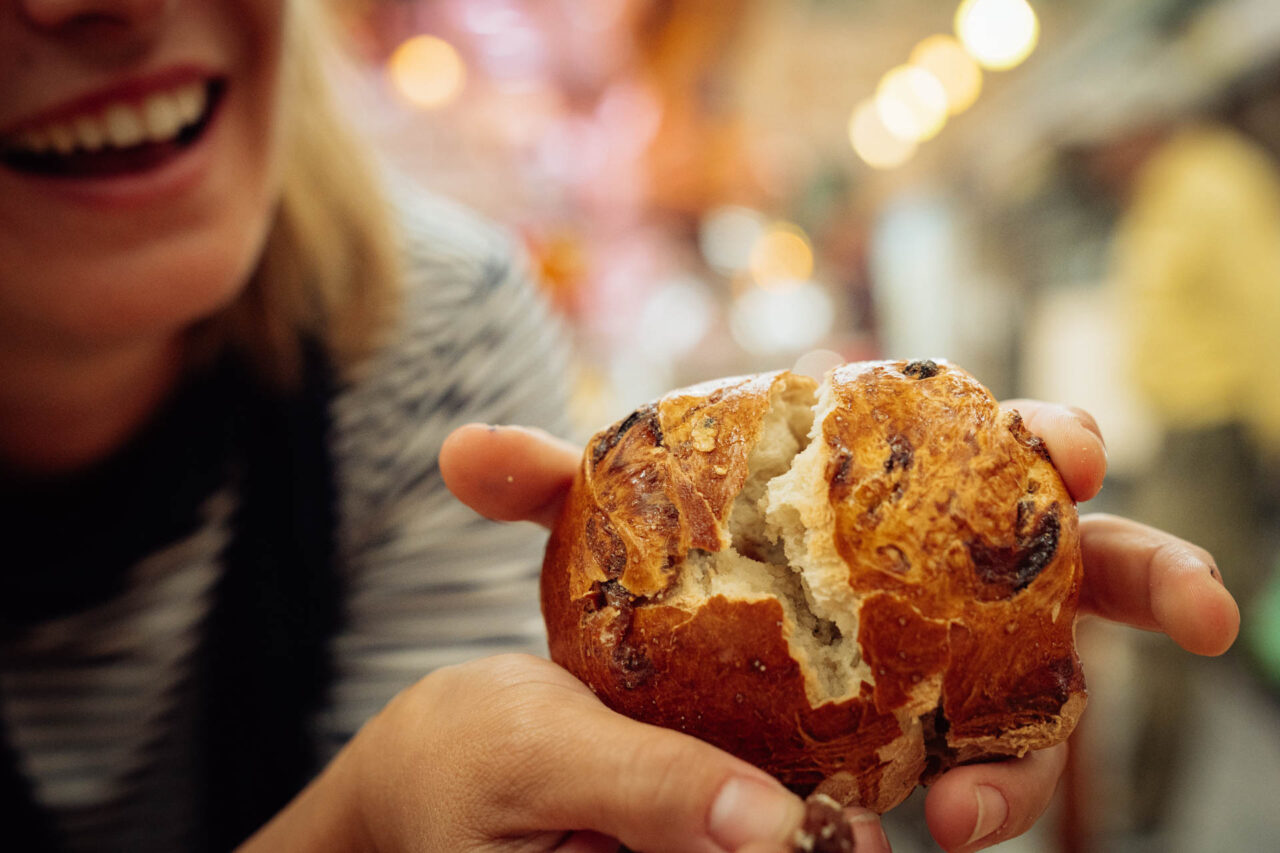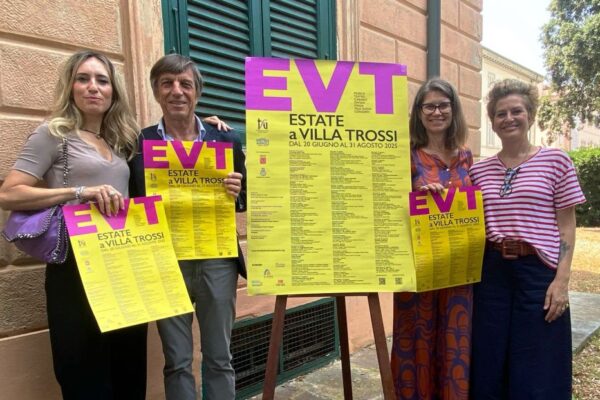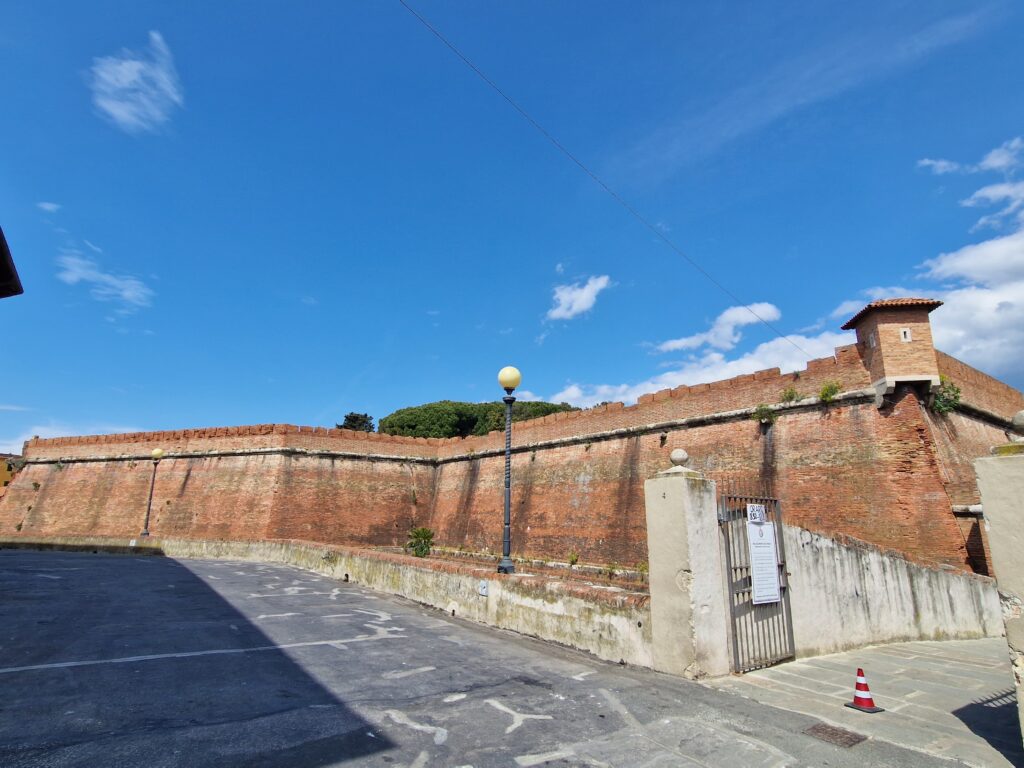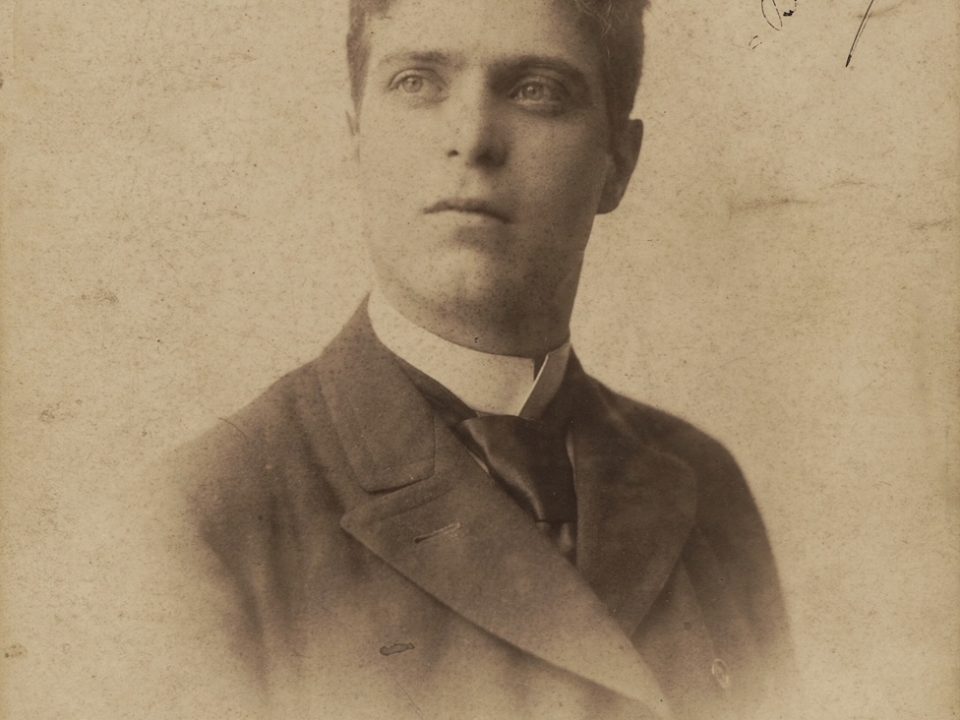On the streets of Livorno, the invitation of ‘Pizza and Torta’
Walking through the alleys of Livorno, it is not uncommon to come across signs that read “Pizza and Torta”. These simple words, engraved, painted, or illuminated, will open a door for you to discover and taste one of the city’s simplest, genuine, and delicious specialties: the Torta
A savory, flat, and very tasty cake, created from a mixture of extra virgin olive oil, water, and chickpea flour. It is cooked at high temperatures in wood-fired ovens, inside heavy copper-plated pans until it reaches the right consistency: crispy and golden on the outside, soft and delightful on the inside. You cannot say you have truly experienced Livorno until you have tasted it.
The 5e5: how Livornese people eat the Torta
The Torta is, in fact, an ancient form of street food, served on a sheet of yellow paper with a sprinkle of pepper. It can be eaten on the street, maybe leaning on one of the Livorno canals’ parapets, or quickly taken home to be enjoyed with the family while still warm. But “la su’ morte,” as they say in Livorno to indicate gustatory perfection, is between two slices of focaccia or, even better, French bread, to form what Livornese people call the 5e5: a wonderful sandwich that used to cost only 5 cents for the Torta and 5 cents for the bread. A marriage of flavors that is pure magic. Always with a customary sprinkle of black pepper, perhaps enhanced with a couple of eggplants in oil and paired with a glass of Spuma Bionda, an amber and sparkling beverage with a sweet and unmistakable flavor.
The birth of a legend: Ceci Cake
The origins of the Ceci Cake are a piece of Livornese history. If you are curious to know who were the creators of this delicacy, here is the most accredited legend. It is said that in 1284, during the Battle of Meloria, in front of the port of Livorno, the holds of a Genoese galley were flooded with seawater that wet the sacks of chickpea flour and overturned some barrels of oil. The resulting mush was left to dry in the sun, so that the mixture could solidify and be transformed into rations for the sailors. And this is the essence of the legend… But now let’s try an exercise of imagination, imagining what could have actually happened and why Genoa, Pisa, and Livorno argue over the origin of this fantastic recipe.
It is August 6, 1284, in the morning. The mist of the summer heat is dissipating. Although the sun is not yet high and a constant breeze is blowing, it is terribly hot at sea. Suddenly, in the early afternoon, an increasing number of ships appear on the horizon. The calm waters near the Meloria Shoals, in front of Livorno, are about to become the theater of a fierce battle between two once allied great powers: the Maritime Republic of Genoa and that of Pisa. The defeated Tuscans, a few months earlier, by the Ligurian fleet near the island of Tavolara, are seeking revenge and settling the score with their rivals. Over a hundred Pisan galleys, the entire fleet, and over ninety Genoese galleys are preparing to challenge each other for control of the Mediterranean in what will go down in history as the most important naval battle of the Middle Ages. In the midst of a bloody and relentless clash, a Pisan galley rams a Genoese galley, causing damage to the holds. Sacks of chickpea flour and barrels of oil that were meant to feed the crew mix with saltwater. The Genoese galley fights with all its might, breaks free from the boarding, but struggles to navigate. The commander decides to sail towards a safe place, somewhere along the coast of Livorno, perhaps right where the thirty Genoese galleys had hidden, deprived of their masts and large Latin sails, which would later determine the outcome of the battle, surprising and defeating the Pisan galleys. The brave sailors do not lose heart. They laboriously try to repair the hole, but time is short. Fortunately, a group of boatmen and shipwrights from Livorno come to their rescue, and together they fix the galley. Exhausted from the work, they divide the only food left on board: that mush of chickpea flour soaked in oil and sea salt, which, under the relentless summer sun, quickly solidifies into loaves not quite pleasing to the eye, but not unpleasant at all, in fact, more delicious and tasty than the usual slop. When they return home, sailors and boatmen tell their stories to wives, children, and friends, and… well, the rest is history. The history of one of the most typical recipes of Livorno: Ceci Cake.
What do you think? Could it work as a story? In fact, the Torta really would have been born in Livorno, but on a Genoese galley, all because of the Pisans. And so, it would also explain the rivalries between the three cities, each eager to claim it as their own and give it a different name.
Well, probably Genoese and Pisans have different stories that you are free to believe. But we still give you an impartial advice: even if centuries have passed, when you enter a Livornese “tortaio,” never ever dare to order “farinata” or, even worse, “cecìna,” unless you are ready to unleash their fury!
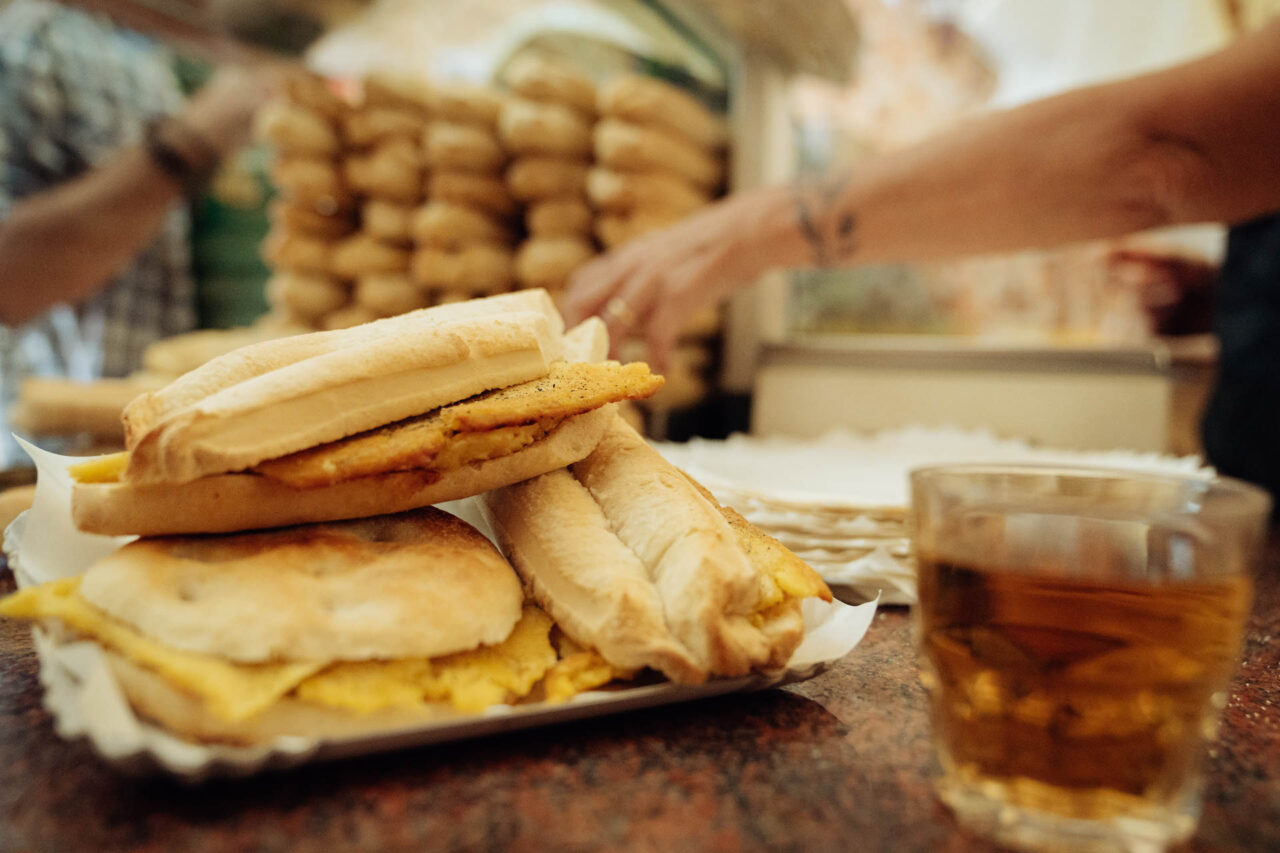
Useful informations
-
Who:
Alone, Children and families, Groups, In pairs, With friends
-
When:
Autumn, Spring, Summer, Winter
-
What:
Taste
-
Other characteristics
Indoors, Outdoors, Reachable by public transport, Without reservation

The unexpected Tuscany
Discover all the peculiarities that make Livorno so unique and surprising.
Discover more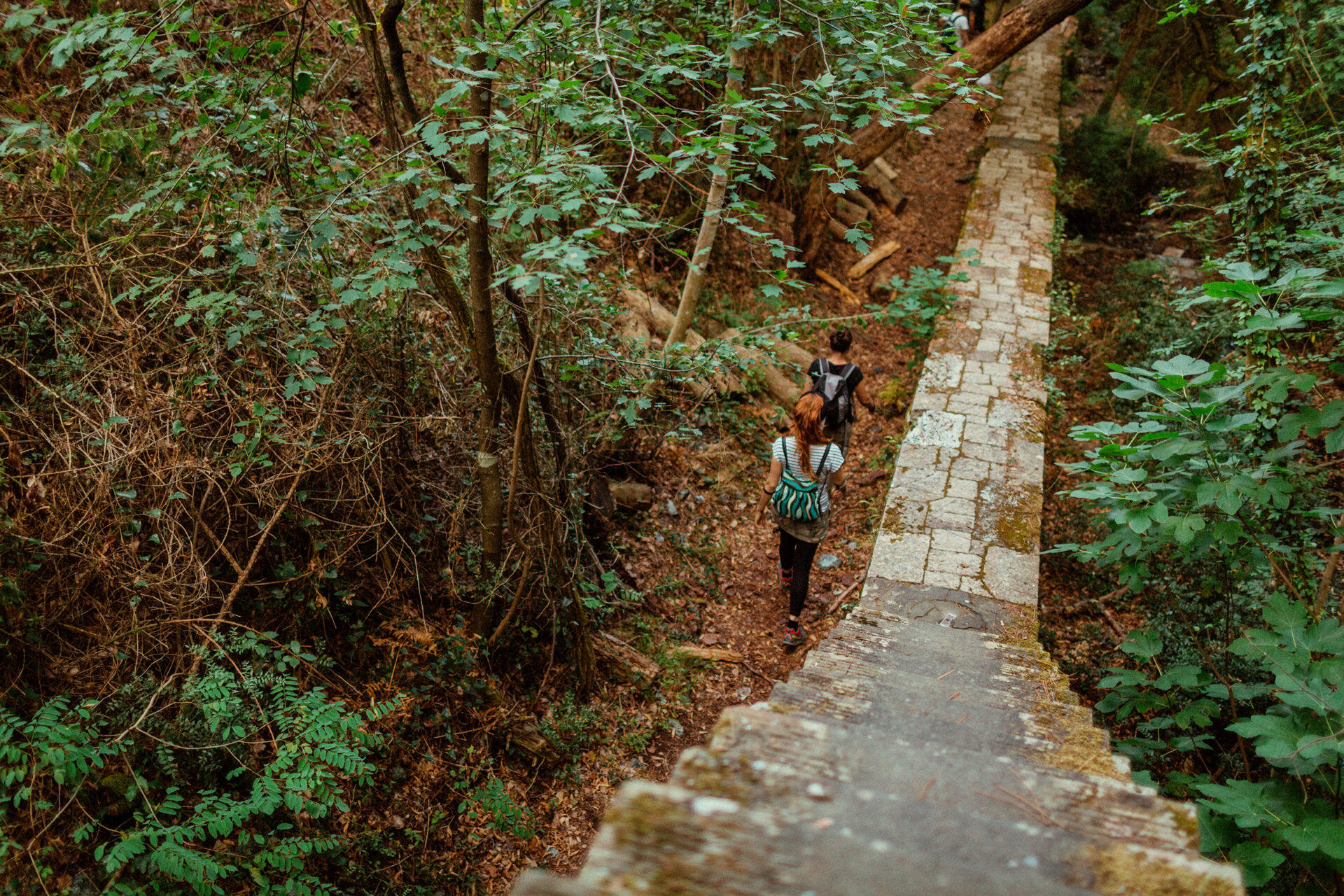
Subscribe to the newsletter
to stay updated
Don't miss any news about events in Livorno and surroundings.

